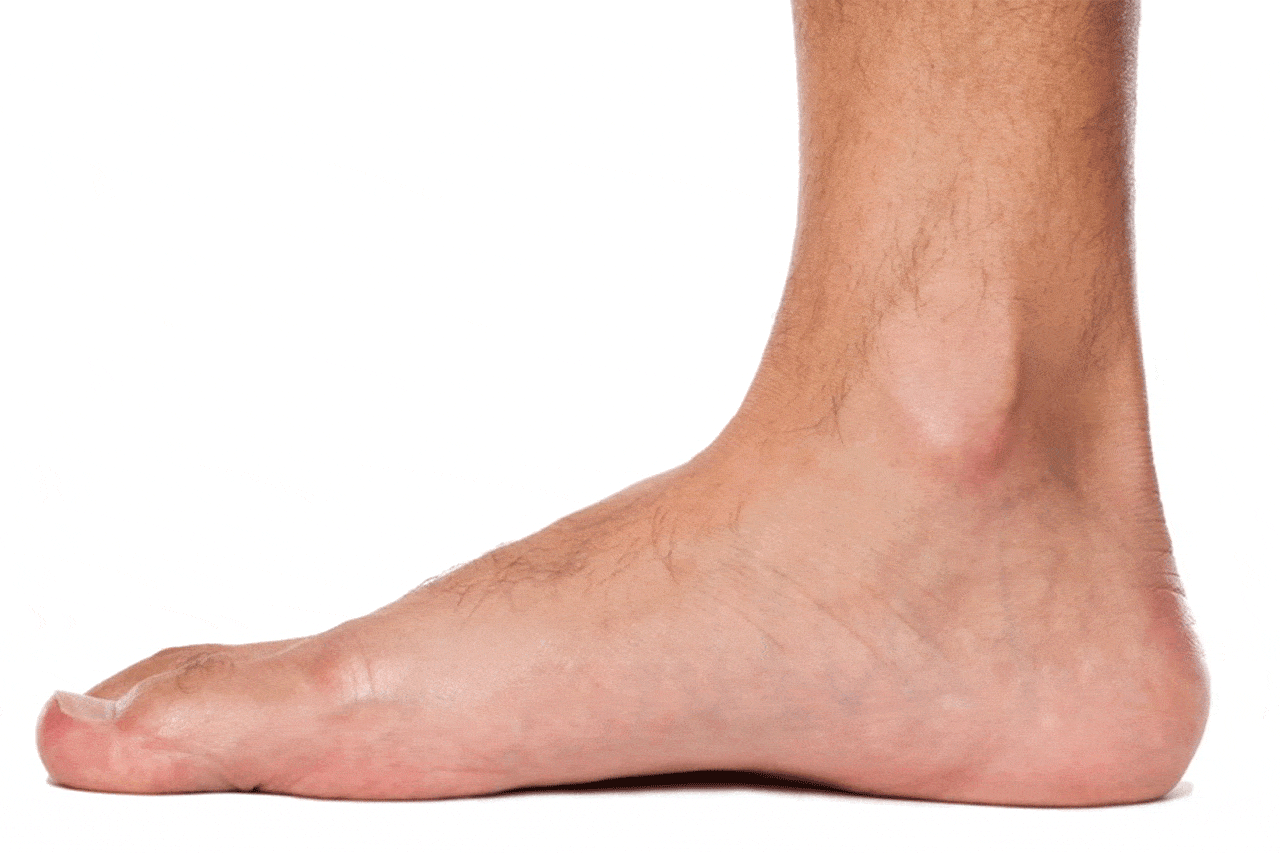
Having flat feet [เท้า แบน, which is the term in Thai], otherwise called gumshoe, is a condition where one of the two feet have practically no curve. At the point, when you stand, the stack of the feet presses into the ground. Normally, you can’t see a curve in the foot; however, once in a while, the curve seems when you lift the foot.
What are the kinds of flat feet?
Flat feet can present issues whether they persevere after adolescence or create in adulthood. The sorts of detective include:
- Flexible: Flexible flat feet are the most well-known. You can see the curves in the feet when you’re not standing. The curves vanish when you put weight on the feet. An adaptable detective goes ahead during youth or high schooler years. It influences the two feet and steadily deteriorates with age. Ligaments, as well as tendons in the curves of the feet, can stretch, swell and tear.
- Rigid: An individual with inflexible flat feet has no curves when standing, putting weight on the feet; or sitting, no weight on the feet. This condition regularly creates during the youngster years and deteriorates with age. Your feet may feel excruciating. It tends to be hard to flex the feet up or down or move them side-to-side. The investigator may influence one or both feet.
- Adult-gained, or fallen curve: With a grown-up procured flat feet, or fallen curve, the foot’s curve startlingly implodes or drops. The fallen curve makes the foot turn outward and can be excruciating. The issue may influence just one foot. The most well-known reason is irritation or a tear in the leg ligament, or back tibial ligament, that upholds the curve.
- Vertical bone: Some children have a birth imperfection, or intrinsic handicap, considered vertical bone that keeps curves from framing. The bone in the lower leg is in some unacceptable position. The lower part of the foot looks like the lower part of an armchair. Vertical bone is additionally called a rocker-base foot.





